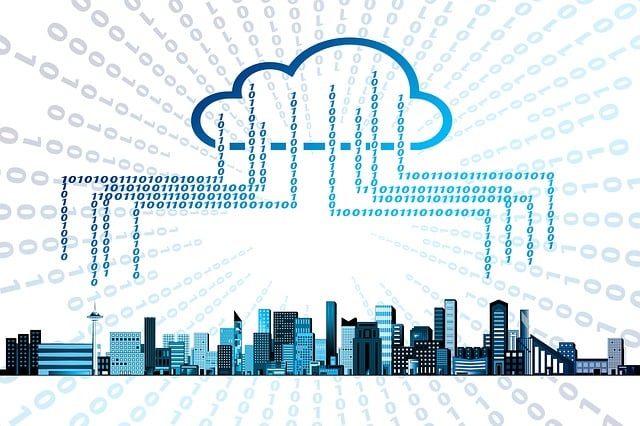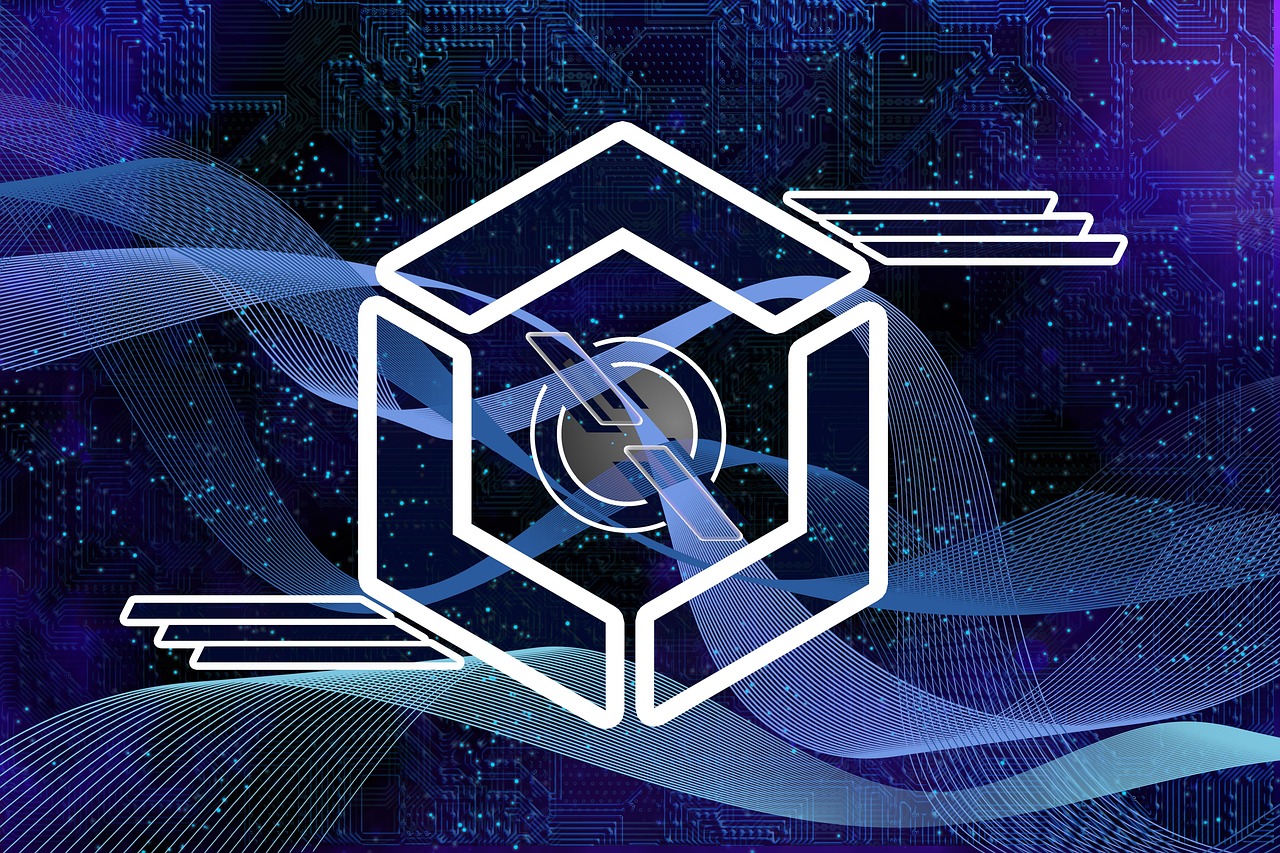In the ever-evolving world of technology, the term “edge computing” is gaining more attention than ever. But what does it actually mean—and why should we care about it in 2025?
This guide breaks it down in simple terms, explains how edge computing works, why it’s becoming essential, and where you’re likely already encountering it in everyday life.
Table of Contents
Understanding Edge Computing
At its core, edge computing is about processing data closer to where it’s generated—at the “edge” of the network—instead of relying entirely on centralized cloud servers.
Traditionally, when a device like a smartphone, smart fridge, or even an industrial sensor collects data, it sends that information to the cloud to be processed. That data travels over the internet, is handled by remote servers, and then returns with a response.
With edge computing, much of that processing happens locally—right on the device or a nearby gateway—reducing the need to send everything to the cloud.

Real-Life Analogy
Think of it like this: Imagine you ask someone for directions. With traditional cloud computing, it’s like sending your question to a friend across the world via email, waiting for their reply, and then deciding where to go. With edge computing, it’s like asking the person right next to you. It’s faster, more efficient, and gets you moving quicker.
Why Edge Computing Is Gaining Momentum in 2025
Several factors are driving the rapid adoption of edge computing:
1. Speed and Real-Time Responses
Devices like autonomous cars, security cameras, or smart medical tools need to process information instantly. Waiting for cloud roundtrips creates delays. Edge computing provides faster response times, often measured in milliseconds.
2. Reduced Bandwidth and Costs
Sending huge amounts of data to the cloud is expensive and consumes bandwidth. Edge computing limits what needs to be sent, reducing costs and network congestion.
3. Better Privacy and Security
By processing data locally, sensitive information (like health data or personal identifiers) doesn’t always need to be sent across the internet. This local handling can offer improved privacy protections and meet stricter compliance rules.
4. Growing Number of Smart Devices
The rise of IoT (Internet of Things) has led to billions of smart devices. Many of these devices benefit from edge processing to reduce reliance on distant servers and provide smoother user experiences.
Where You’ll Find Edge Computing in Action
You might already be benefiting from edge computing without realizing it. Here are a few examples:
- Smart Home Devices – Voice assistants like Alexa or Google Nest are increasingly using edge processing to respond faster and maintain privacy.
- Autonomous Vehicles – Cars process input from dozens of sensors in real-time using edge computing to make split-second decisions.
- Industrial Automation – Factories use edge computing to detect problems on machinery instantly and avoid downtime.
- Retail and Checkout Systems – AI cameras in stores analyze shopper behavior and inventory levels locally to improve efficiency.
- Healthcare Devices – Wearables and diagnostic tools process data on-device for quicker insights and emergency alerts.
Edge vs Cloud: Competing or Complementary?
Edge computing doesn’t replace the cloud—it complements it.
In most modern setups, devices handle some processing locally (edge) and still rely on cloud computing for storage, analytics, and deeper insights. For example, a surveillance camera may detect motion locally, but upload important footage to the cloud for storage or sharing.
This hybrid approach offers the best of both worlds: speed and efficiency from edge computing, combined with the scale and power of the cloud.
The Future of Edge Computing
As 5G networks expand and hardware becomes even more capable, edge computing will only grow more widespread. From smart cities and telemedicine to AR/VR applications and drone technology, the ability to process data in real time is no longer a luxury—it’s a necessity.
In fact, many experts believe edge computing is a foundational building block of the next internet revolution, much like how cloud computing defined the past decade.
Wrapping It Up
Edge computing might sound technical, but its core idea is simple: bring data processing closer to the source to make technology faster, safer, and more efficient. In 2025 and beyond, expect to see edge computing at the heart of innovations across industries—from consumer electronics to healthcare, transport, and beyond.
Whether you’re a tech enthusiast or just trying to keep up with modern trends, understanding edge computing puts you one step ahead in a connected world.
What is a Cloud Computer?
A cloud computer (sometimes called a virtual machine or cloud desktop) is basically a computer that …
Why ARM-Based Laptops Are Gaining Ground in 2025
A Quiet Revolution in Your Laptop In 2025, ARM-based laptops are no longer niche. Once associated mo…
What Is Quantum Computing? A Complete Guide to the Future of Technology
In the rapidly evolving world of technology, quantum computing stands out as one of the most revolut…


